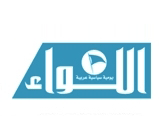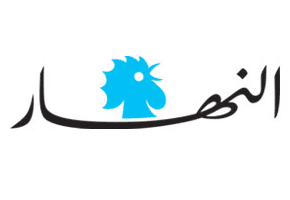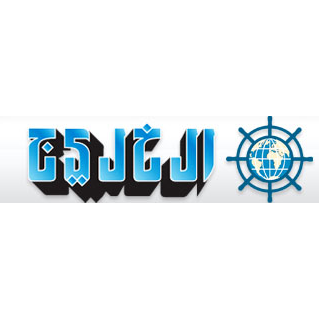After a New Massacre, Charges That ISIS Is Operating With Assad and the Russians
The Daily Beast
11 أغسطس 2018
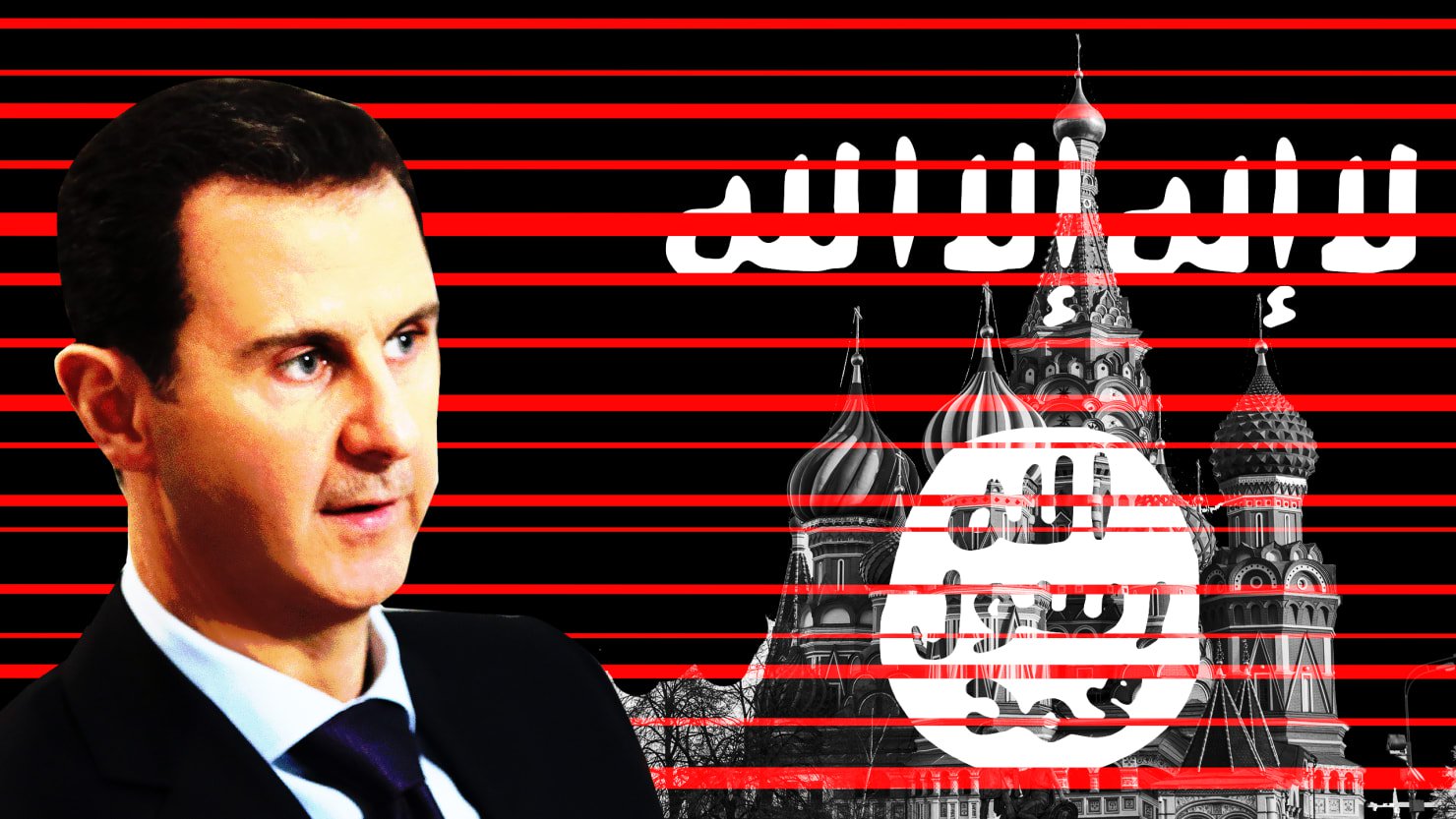
On July 25 in the Syrian province of Sweida a massacre began in the early morning. Ten jihadists from the so-called Islamic State entered Sweida town. They wore the traditional baggy trousers and loose-fitting overgarments of Druze men, but beneath the clothes they had hidden explosive vests. Three detonated in the main vegetable market, then one of them accompanied the many injured to the hospital and set off his explosive charge there. The other six suicide bombers were overcome before they could detonate, according to senior officials in the Druze community.
At the same time, hundreds of ISIS fighters entered three nearby villages, moving house-by-house slitting throats and shooting to death men, women and children. Some reported that the killers left a witness from each family alive to tell their hideous story. In all, 273 Druze were killed and 220 injured, Druze officials told us.
They strongly suspect that the attack by ISIS was carried out in cooperation with the Russian-backed Syrian regime of Bashar al-Assad, and this is corroborated to some extent by ISIS prisoners we have interviewed who are being held by U.S.-allied Kurdish forces here in northern Syria. The Druse politicians and officials came here to try to forge an alliance with like-minded Kurds for mutual self-protection, which is when they told us the details of the massacre.
The Druze are one of the smaller minorities in Syria, perhaps three percent of the population. But their reputation as fighters in the wars of the Levant goes back centuries. Altogether, they number about a million adherents of a monotheistic, Abrahamic faith mingling elements of Judaism, Christianity and Islam, but also beliefs in reincarnation. Long persecuted for their beliefs, they keep their scriptures secret.
Their lands and their strongholds traditionally have been in the mountains of Syria and Lebanon, although some Druze are in Jordan and a large contingent are in Israel. Many live outside the region as well, and fit easily into the secular West. (Amal Clooney, for instance, is from an influential Druze family in Lebanon.) In Syria, the hills east and south of Damascus officially are known as Jabal al-Druze, the Druze mountain, and the communities that live there are very close-knit.
To this day, Druze fighters are well represented in the militaries of Lebanon and Israel, and until recently of Syria as well. But when the Syrian uprising of 2011 turned violent, Druze leaders decided to stay neutral in the conflict. They called those serving in the Syrian army to desert and return home. Druze officials we spoke to, who did not want to be quoted by name, claim to have their own militia of 53,000 – reservists, military deserters and young men whom they have trained – ready to defend their Syrian heartland.
As the ISIS massacres in the Sweida region began just after dawn, mysteriously, telephone land lines and electricity in the area had been cut off. But the news spread by cell phone, and well-armed Druze men came out in droves to defend their population. “The big battle started around noon and lasted until 8 p.m,” said one Druze official who joined the fight.
According to the Druze politicians we talked to, there were approximately 400 combatants from ISIS, or Daesh as they are called here, facing thousands of individually armed Druze who rose to fight — and who did not take prisoners.
“Currently 250 Daesh are dead,” one Druze official told us. “There are no injured [ISIS fighters]. We killed them all and more are killed every day in ongoing skirmishes in which the Daesh attackers continue to come from the desert to attack. Every day we discover the bodies of injured Daesh who died trying to withdraw. Due to the rugged terrain, Daesh could not retrieve them with their four-wheel-drives. We have no interest to bury them.”
Of 10 known ISIS captives taken during the fighting, three were hanged immediately. Another was captured and hanged during skirmishes earlier this week. The Druze officials said that the Syrian authorities are demanding any surviving ISIS captives be turned over to them, but the Druze are refusing to do so.
The horror of the Sweida massacre in an area most considered safe—and in these last moments when ISIS rule in Syria appears to be all but over—was magnified when the Druze learned that some of their women and children had been taken captive by ISIS cadres. “Most of the Daesh attackers were killed,” a Druze official told us. “The only escapees were those who were kidnapped in the first village: 29 women, teenagers and babies.”
One 19-year-old student already has been beheaded by ISIS, which also quickly posted pictures of their Druze female captives and demanded that the Syrian regime stop attacking them and exchange ISIS prisoners held by the regime for these women and children.
In addition to the sensational pictures of the helpless women holding their hands above their heads in the desert, ISIS sent a video of one of their Druze captives, 35-year-old A Shalguinz, who delivered her baby in the desert.
“Daesh said they will make them sabaya [slaves] if the regime doesn’t’ give 100 prisoners to them and the regime refused,” one of our interlocutors told us.
People in the Middle East constantly speculate about the machinations of their governments and political parties, and rumors are taken seriously since verifiable facts often are hard or impossible to come by. But the Assad regime and ISIS at this moment have a coincidence of interests that is hard to mistake.
Assad currently is readying his troops and Russian- and Iranian-backed allies to attack the jihadist militants in Idlib, and the Druze leaders we talked to feel that their people were directly punished for not agreeing to join the Syrians in that operation.
Replaying the events that occurred prior to the slaughter and kidnapping, one Druze leader points out that about a week before the massacre, “Three Russian military officers came to the region to meet the political representatives of our area. They were meeting to create the 5th army in the region, exclusively for that region, so that all the young Druze who fled the Syrian Army and the Druze reservists are invited back.”
If the Druze have anything like as many as the 53,000 combatants they claim, obviously they could be hugely valuable to the regime’s army. But that was not going to happen.
“We don’t attack outside of our area. We only defend ourselves if necessary,” said the same official. “They came and said, ‘We’ll make the 5th battalion to protect the area. They can join the combat against al Nusra [al Qaeda linked jihadists] in Idlib,” he explained. “But the local representative answered them clearly, that they cannot join any Syrian Army to combat outside the mountain of the Druze, only defensive not offensive actions.”
Assad’s alleged complicity with ISIS is long, gruesome, and well documented. Recently he has had a policy of allowing armed militants to escape from cities in busses, ostensibly to reduce the risk of civilian casualties.
““It is known that Daesh militants in the suburbs of Damascus have been displaced to the east of Sweida in green buses by an agreement with the government: 1,400 Daesh were moved this way to the area east of Sweida and near the Tanf base of the Americans,” one of our Druze sources told us.
The U.S. garrison at al-Tanf sits on the strategic Baghdad-Damascus highway, located in Syria on the Iraqi border and within miles of the Jordanian border. This outpost has served as a launching point since 2016 for counter-ISIS operations including training for Syrian opposition factions fighting ISIS, al-Nusra and other jihadists.
“Adding to that, 1,000 combatants of Daesh came in a discreet way from the Yarmouk area [a Palestinian refugee camp in Damascus] to join the local Daesh, estimated at 2,000 to 3,000 combatants,” said one of the Druze officials who talked to us. “We know this by internal sources of the Syrian army. There are still some Druze of the army who leak this information to us.” In these transfers, ISIS fighters “have the right to take their individual Kalashnikov and three magazines. According to the government all of them came armed this way as the Syrian government gave them this safe passage to move to our area.”
“On the 24th of July most of the official checkpoints of the Syrian army around Sweida were withdrawn—all around the villages where the massacres occurred,” this Druze official told us. “They hit at 7 a.m., but at night something else was happening. Where the villages are—facing the Daesh area—the Syrian army withdrew the local weapons from the local protection militias. No one knew why. They also withdrew their checkpoint in the area and cut the electricity and local phone service. The regime was a spectator to the massacre.”
“We think there is complicity between Daesh and the regime,” another of the Druze leaders said. “It’s so obvious to us. The regime refused to send ambulances to assist the population. They cut the electricity as well and the local telephone service to make it difficult to communicate. They couldn’t cut the mobiles.”
One of the 10 captured ISIS attackers admits on an interrogation video shared by the Druze leaders that in the village massacres a man from the Syrian government guided them from house to house, knocking on the doors and calling the inhabitants by name so they would unwittingly open their doors to the ISIS attackers.
This is not the first time we have heard of such cynical and deadly complicity between the Assad regime and the ISIS terrorists it supposedly is fighting. We have interviewed, now, 91 men and women who defected from ISIS or were taken prisoner by the forces fighting it. They have told us that ISIS sold grain and oil to the Syrian government while in return they were supplied with electricity, and that the Syrians even sent in experts to help repair the oil facility in Deir ez Zour, a major city in southeast Syria, under ISIS protection. Early in the the revolution, Bashar al-Assad released al Qaeda operatives and other jihadists from his prison to make the case that he was fighting terrorists, not rebellious people hoping for democracy. One of those jihadists he released, known as Alabssi, was one of the ISIS leaders in the battle in Sweida.
In neighboring Iraq, ISIS has been declared militarily defeated since November 2017. President Donald Trump, in his state of the union speech in January this year, said, “I’m proud to report that the coalition to defeat ISIS has liberated very close to 100 percent of the territory just recently held by these killers in Iraq and in Syria.” But on the ground, U.S.-led coalition forces say that in the area patrolled by Americans and their close allies, around 1,000 ISIS militants are still at large. And an estimated 9,000 ISIS militants are still roaming free in Syria and Iraq. And in both places heinous attacks continue to occur.
Where did the fighters come from who carried out the massacre in Sweida? Ten ISIS fighters were captured and hundreds killed. According to our sources 83 ID cards were recovered. Most were Chechens, Palestinians from the Syrian camps, and some Saudis. There was a Moroccan and a Turkman among them, a Russian and a Libyan, as well as some Iraqis. Supposedly the brother of Abu Bakr al-Baghdadi, the leader of ISIS, commanded the assault.
The Chechens who were slain were all wearing suicide vests—as usual, our source said. Those who attacked in the center of Sweida wore suicide vests, but so did the snipers using powerful rifles to shoot from distant rooftops. “That’s where most our casualties came from,” said one of the Druze officials. “It seems ISIS is alive and well despite international reports that they are defeated, or nearly defeated.”
One of the officials will only speak to us anonymously out of concern the attack can be repeated. “If they kidnap one, they will kidnap more,” he worries. Some 114 villages and small towns are around Sweida with half a million Druze living there.
The leaders of Druze mountain tell us that they are now also appealing to the international community to be protected by an international force, as the Kurdish area is protected by the Americans, and to assist them to bring back the kidnapped women to their families.
“To safeguard our community and to protect the diversity in the future of Syria, we need to create a crescent against aggressors,” said one of the politicians. Running from north to south, including parts of Iraq, it would protect the Kurds, the Yazidis, Christians, and Druze. “The minorities are looking to the Coalition as the only credible force in the area,” he said, adding, “The crescent strategically speaking would also cut the Iranians from access to the regime.”
The world must decide whether or not to respond, but the record thus far does not hold out much hope.
 عن أمل جنبلاط المتجدد: لبنان يستحق النضال
عن أمل جنبلاط المتجدد: لبنان يستحق النضال
 صحافيون أم عرّافون!
صحافيون أم عرّافون!
 ماذا يجري داخل أروقة بيت الكتائب المركزي؟
ماذا يجري داخل أروقة بيت الكتائب المركزي؟
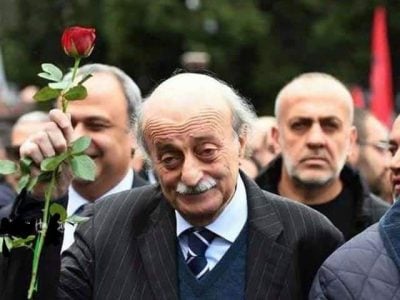

 عن الخرائط التي تُرسم والإتفاقات التي تتساقط!
عن الخرائط التي تُرسم والإتفاقات التي تتساقط!
 “الإنحراف في الحياة”/ بقلم كمال جنبلاط
“الإنحراف في الحياة”/ بقلم كمال جنبلاط
 هاشتاغ #صار_الوقت يحل أولاً في حلقة جنبلاط
هاشتاغ #صار_الوقت يحل أولاً في حلقة جنبلاط
 طاولة نقاش عن أزمة الصحافة في جامعة AUST
طاولة نقاش عن أزمة الصحافة في جامعة AUST
 عبدالله: ليظهر لنا وزير مكافحة الفساد حرصه في صفقات البواخر والفيول
عبدالله: ليظهر لنا وزير مكافحة الفساد حرصه في صفقات البواخر والفيول
 عبدالله: غريب أمر وزارة مكافحة الفساد!
عبدالله: غريب أمر وزارة مكافحة الفساد!
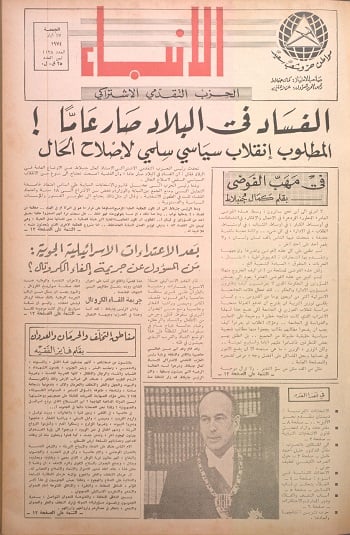
 Comment to Uri Avnery: How Sad What Is Looming Ahead
Comment to Uri Avnery: How Sad What Is Looming Ahead
 “Not Enough!”
“Not Enough!”
 … لمن لم يقرأ يوسف البعيني/ بقلم وسام شيّا
… لمن لم يقرأ يوسف البعيني/ بقلم وسام شيّا
 كمال جنبلاط في مولده الأول بعد المائة: تعاليمه وأفكاره ما زالت الحلّ/بقلم عزيز المتني
كمال جنبلاط في مولده الأول بعد المائة: تعاليمه وأفكاره ما زالت الحلّ/بقلم عزيز المتني
 رئيس حزب/ وليس (… سابقاً)/ بقلم د. خليل احمد خليل
رئيس حزب/ وليس (… سابقاً)/ بقلم د. خليل احمد خليل
 التوازن السياسي في لبنان
التوازن السياسي في لبنان
 لبنان… مشاريع انقلابية مؤجلة
لبنان… مشاريع انقلابية مؤجلة
 جنبلاط وحَمَلة أختام الكاوتشوك
جنبلاط وحَمَلة أختام الكاوتشوك
 Le Liban est un symbole de tolérance
Le Liban est un symbole de tolérance
 Our Automated Future
Our Automated Future
 The True Origins of ISIS
The True Origins of ISIS
 Les Misérables vs. Macron
Les Misérables vs. Macron
 عذراً أيها المعلم/ بقلم مهج شعبان
عذراً أيها المعلم/ بقلم مهج شعبان
 رساله الى المعلم / بقلم ابو عاصم
رساله الى المعلم / بقلم ابو عاصم
 إلى روح القائد والمعلم كمال جنبلاط/ بقلم أنور الدبيسي
إلى روح القائد والمعلم كمال جنبلاط/ بقلم أنور الدبيسي
 أسرار وعناوين الصحف ليوم الجمعة 14 كانون الاول 2018
أسرار وعناوين الصحف ليوم الجمعة 14 كانون الاول 2018






